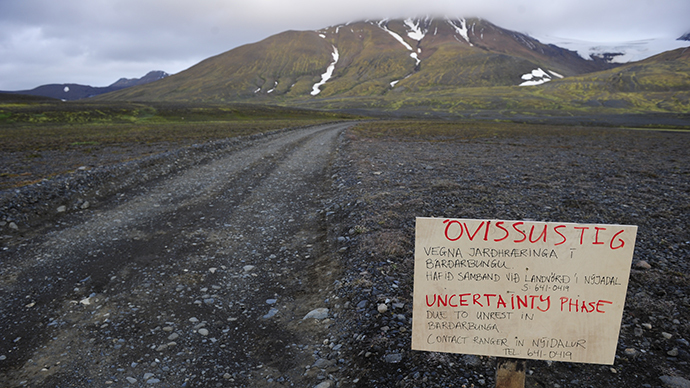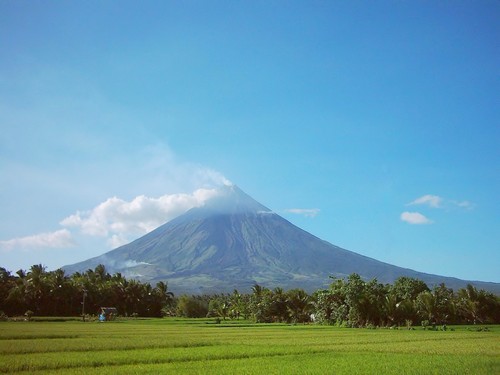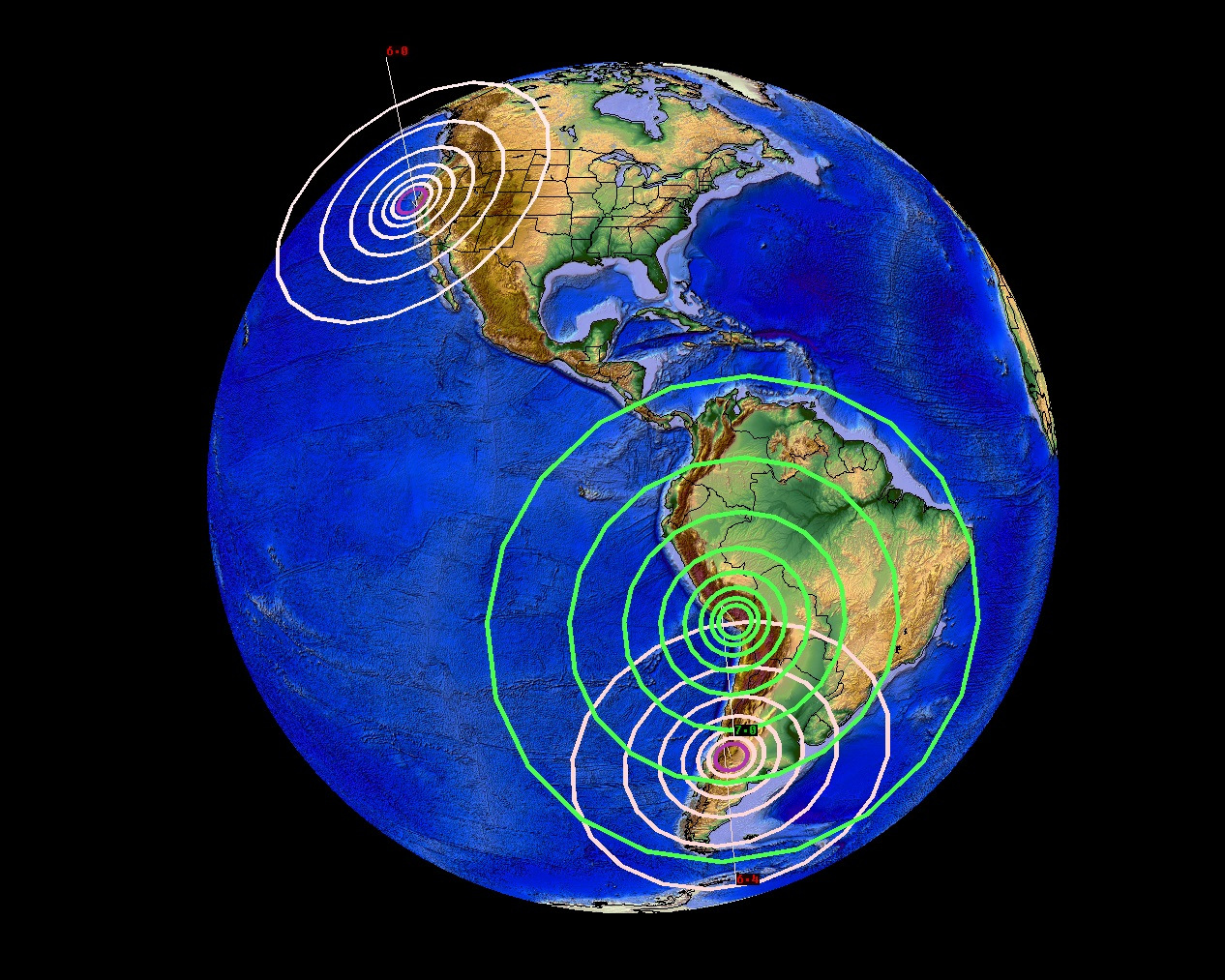Icelandic volcano activity increased on Wednesday, with scientists detecting 10-15 meters deep cauldrons of melted ice at the Vatnajökull glacier, prompting fears of an imminent eruption.

© Reuters / Sigtryggur Johannsson
A warning sign blocks the road to Bardarbunga volcano, some 20 kilometres (12.5 miles) away, in the north-west region of the Vatnajokull glacier August 19, 2014.
Icelandic scientists have detected a series of 10-15m deep cauldrons at Bardarbunga volcano glacier. They apparently are a result of melting following a sub-glacial eruption, the Icelandic Civil Protection Scientific Advisory Board reported. A surveillance flight over the surface of Vatnajokull has shown the cauldrons to be 1 km wide, located in a straight line some 4-6 kilometers south of the Bardarbunga caldera.
The 10-15 m deep cauldrons, 1 km wide, south of the #Bárðarbunga caldera. Picture by https://t.co/ZiKocZlLJSpic.twitter.com/lSLWDJZnEO
- Almannavarnir (@almannavarnir) August 28, 2014
"The cauldrons have been formed as a result of melting, possibly a sub-glacial eruption, uncertain when," country's Meteorological Office said, pointing out that the data is still being analyzed.
"During the night (Wednesday) we have had three larger events, two of them in the Bardarbunga caldera. Those were 5.2 and 5.3, and very similar to the events that we have seen there before," Palmi Erlendsson, a geologist at the Met Office told the country's RTE news.
At the same time, scientists have registered more than 1,300 earthquakes since midnight Wednesday. Meanwhile 50km to the north, a 4.5 magnitude quake shook the Askja volcano, presumably because magma from Bardarbunga crater is traveling in that direction.



Comment: With the increase in volcanic and seismic activity around the world, this one is too close for comfort to the volcano of Thera (modern day Santorini).